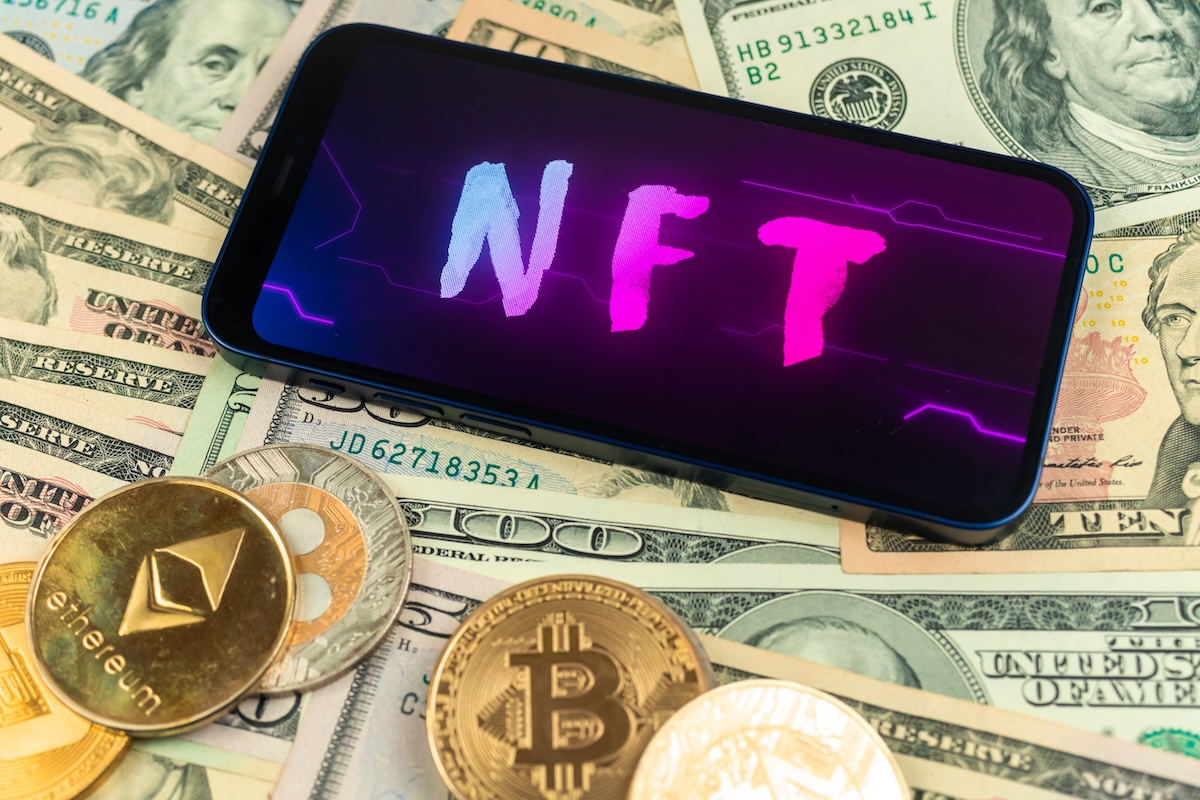Blend Offers NFT Lending With a Unique Approach to Risk Management
Explore the rise of NFT-backed loans, as Blend lends $95M in just ten days. Understand the potential risks and the role of margin calls in the NFT market.

It seems that the new marketplace, Blur, has done it again. Recent data suggests that its lending platform, Blend, is poised to make an equally impressive impact. However, with great innovation comes great risk, especially when it comes to borrowing against NFTs.
Since its launch a mere ten days ago, Blend has quickly carved out its space in the highly competitive crypto lending market. A staggering 51,656 ETH—equivalent to $95 million—has already been borrowed against digital collectibles. This rapid growth is reflected in over 3,000 individual loans opened on the platform.
Blend NFT Lending Protocol
As it currently stands, Blend supports loans backed by four NFT collections: Miladys, Azukis, DeGods, and wrapped versions of CryptoPunks. Each of these collections has its unique appeal, attracting a diverse range of borrowers and lenders to the platform.
Blur’s impressive ascendancy in the NFT marketplace was initially sparked by its native token airdrop in Q1 2023. This strategic move drove significant traction to the NFT marketplace and aggregator, contributing to a surge in Ethereum‘s NFT trading volumes.
Blend, also known as Blur Lending, is building on this momentum. Since its inception, it has outperformed competitors like NFTfi, Arcade, and BendDAO, amassing a total NFT loan volume of an impressive $67 million in just one week. These loans alone account for a remarkable 75% of the total volume. To date, 3,045 loans have been accepted and refinanced, involving 922 unique lenders.

Understanding the Risks of NFT-Backed Loans
The practice of using NFTs as collateral has been gaining traction since 2021, spurred by the emergence of new platforms and the skyrocketing value of digital assets. However, this trend does not come without risks.
Liquidity risk is a major concern in this space. Much like using other assets to back loans, NFT-backed loans involve depositing an NFT as collateral. Borrowers set loan terms and receive ETH from the lender. If the borrower fails to repay the loan, the NFT is liquidated, and the lender claims ownership. However, this scenario can pose significant liquidity risks if collectors buy tokens without sufficient funds, potentially leading to a market crash if collection floors suddenly tank.
To mitigate the risk of liquidation, borrowers may face margin calls, which occur when the lender requests additional collateral to compensate for the decreased value of the asset. This scenario played out in 2022 when BAYC NFT prices plummeted by 80% in six weeks. Many traders, who had over-leveraged themselves by using their Apes as collateral for loans on BendDAO, faced margin calls.
The Future of NFT-Backed Loans
As we navigate the exciting yet unpredictable waters of NFT-backed loans, it's clear that platforms like Blend are changing the way we interact with digital assets. However, this innovation must be tempered with caution. As the NFT market continues to evolve, understanding the risks involved and adopting responsible lending and borrowing practices will be key to ensuring the sustainability and success of this burgeoning sector.





